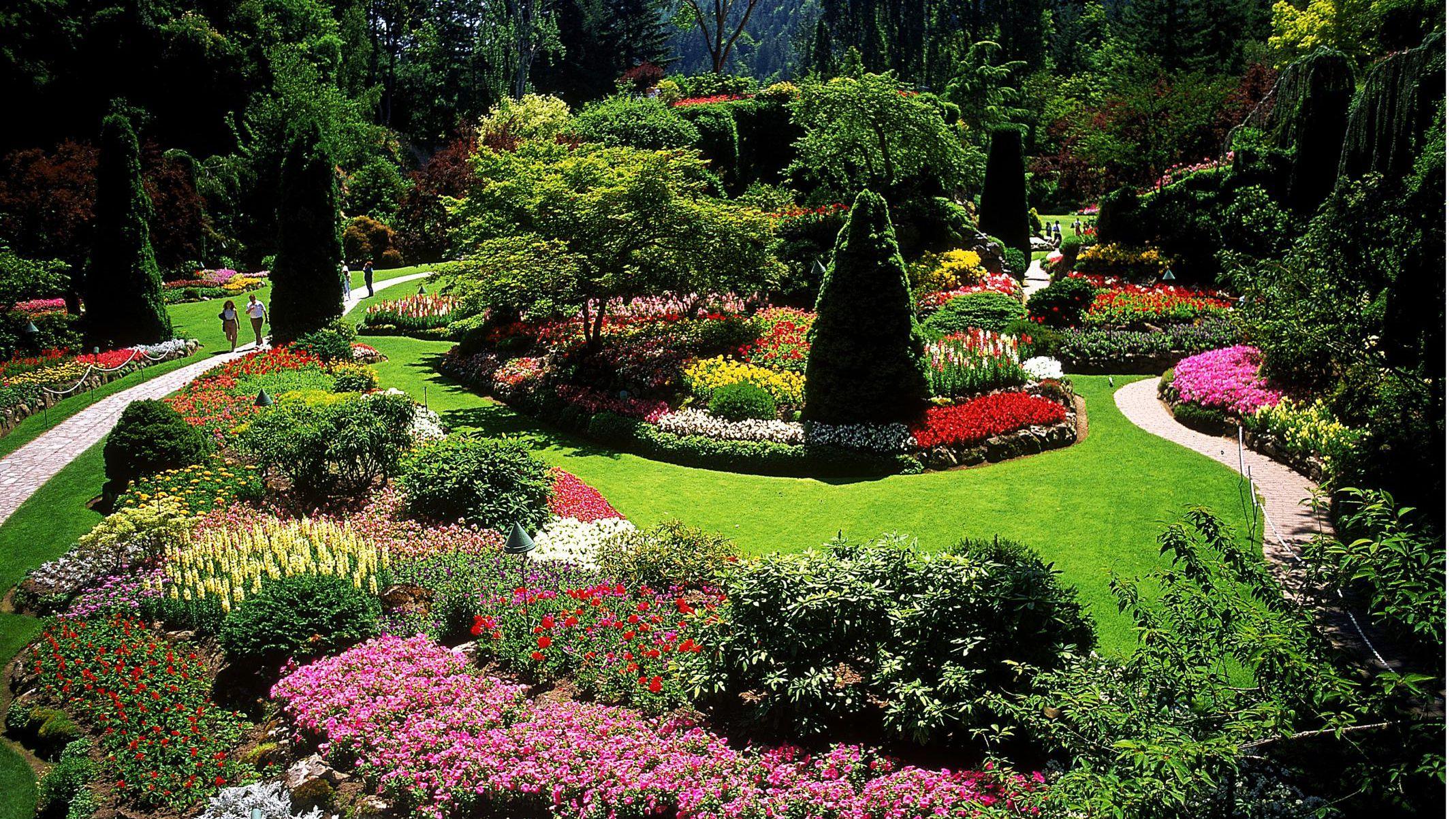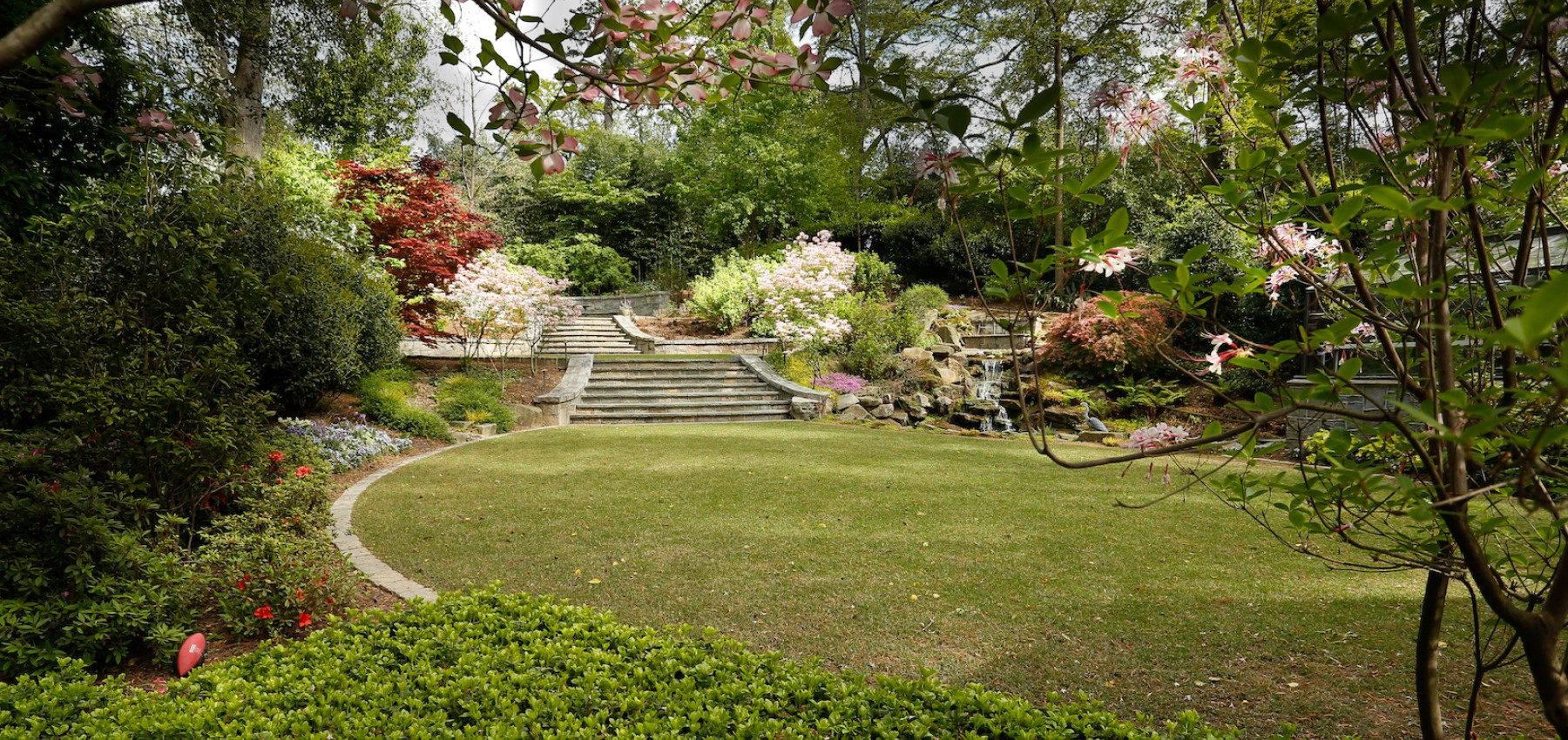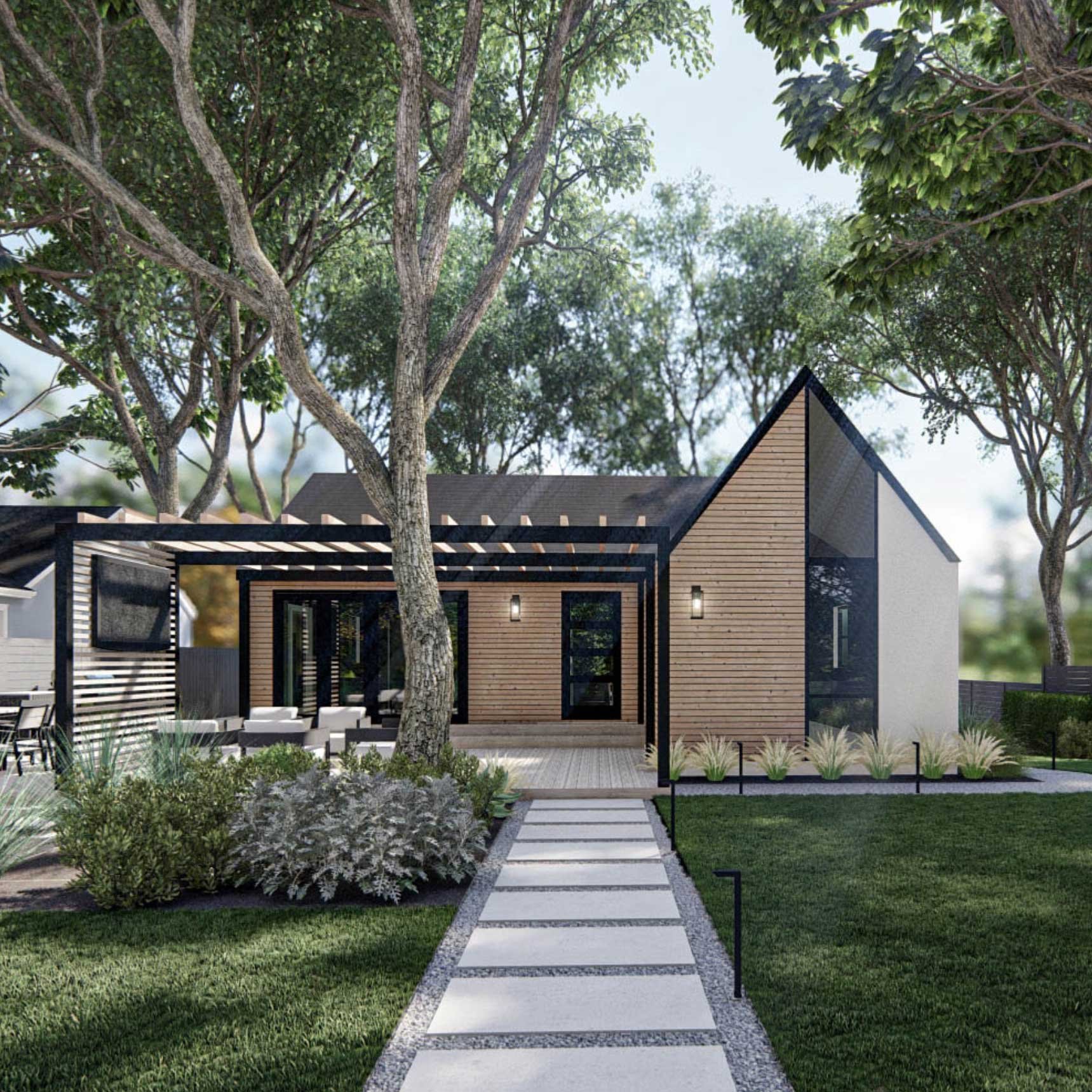The 8-Second Trick For Landscapers
The 8-Second Trick For Landscapers
Blog Article
Everything about Landscapers
Table of ContentsThe Main Principles Of Landscapers Some Known Incorrect Statements About Landscapers Not known Facts About LandscapersExcitement About LandscapersLandscapers - TruthsGet This Report about Landscapers
- A yard feature where water is represented by an accumulated rock product, generally a crushed rock or granite.- A stone or natural flagstone patio, path, or walkway constructed without a concrete base.- A stone preserving or cost-free standing wall surface developed without the use of mortar. - A below ground framework that collect water and permits it to slow down percolate into the dirt around it.
Landscape design that is suitable with a sites' environment in both appearance and sustainability without negative impacts to the environment. Edging in the landscape is a line of separation that produces visual rate of interest in the yard by separating one sector from another section.
Locations can also have a sensation of "unit" given by trees, other plantings, fencings, or displays. The landscape near the entry to a building.
Some Known Incorrect Statements About Landscapers

The aspect in a landscape design or location in a landscape that is implied to be most noticeable. The focal point can be a plant, stone, statuary, collecting space, or various other landscape attribute.

The Single Strategy To Use For Landscapers
Rock item, either rounded or fractured, that is fairly little- generally 1" or much less. Low plants that are permitted or urged to top an area. Can refer to any type of "tough" yard components consisting of statuary or boulders but many frequently is made use of to describe courses, patio areas, and walls.: Elevation distinction in between the degree of water in a fish pond (or the degree of the pump if it rests outside the fish pond) and the top outlet of water which affects efficiency of the water pump in gph (gallons per hour). Thick hedges or trees that develop a fence, display, or limit.
A chemical made use of to manage weeds. Fence boards that run flat, often made use of in contemporary or Japanese-inspired landscape styles. Lines that define rooms within a landscape principle. These typically extend from edges or vital functions of an existing structure. Correct use of imaginary lines can aid the landscape feel attached to the home and various other aspects.
Standard PNW landscapes are casual. A plant that spreads more than preferred, or right into habitats where it does damage.
The Main Principles Of Landscapers
Can include head placements and insurance coverage, pipe sizing, GPM specifications, and materials required to mount this system. Certified specialist who makes landscapes, schooled in engineering and architecture as well as in gardening.
The specialist that intends and establishes landscape tasks, typically at a domestic or tiny commercial degree with the significant layout catalyst on growings. Landscape designers usually have much less schooling than Landscape Architects and are not licensed. A finished landscape layout, describing all components for the brand-new landscape. This generally takes the form of an illustration on paper.
Using several plantings of the same range to load in an area in the landscape. This can reduce maintenance and water usage in the yard.
A mix of concrete, sand, and water that is used in rock masonry for setting stones and joints. A layer of garden compost or bark dust used at the base of a plant. why not try here A mass planting of moss. A plant that existed in a geographical area before people started altering the landscape.
Indicators on Landscapers You Should Know
Exactly how the garden or a yard aspect is set up in relationship to an existing or new attribute or to a direction. Turfs that are not trimmed yet expanded in landscapes as perennials.

Plants that give seasonal passion and after that pass away back in the winter months. Cold period turf that is the most common turf grass in Rose city, OR and the remainder of the PNW.An open roofed structure over a patio or various other landscape function.
Lava aggregate varying in size from 1/4" down to dirt. The most typical landscape crushed rock in the PNW. Area of the landscape developed to manage water up until it can saturate into the ground. A chain that controls water as it travels from a roof covering rain gutter to the ground. Garden structure view it that creates a growing area that is included and greater than the bordering grade.
Framework made from timber, concrete, paving stones, bricks or various other materials for stabilizing slopes and preventing extreme disintegration. Slim watercourse. Producing a yard browse around this site function consisting primarily of rocks with growings that complement and can flourish in the rough setting. Lawn sprinkler head design that rotates a stream of water across an area.
Get This Report about Landscapers

Report this page